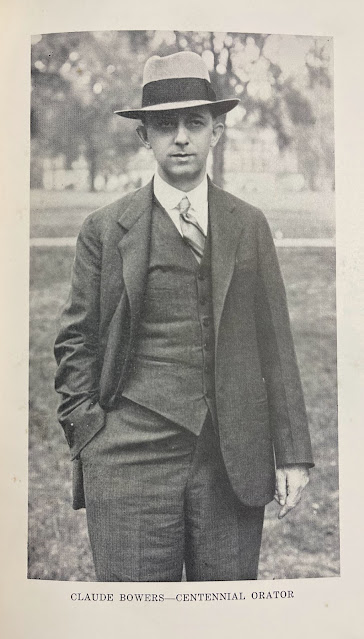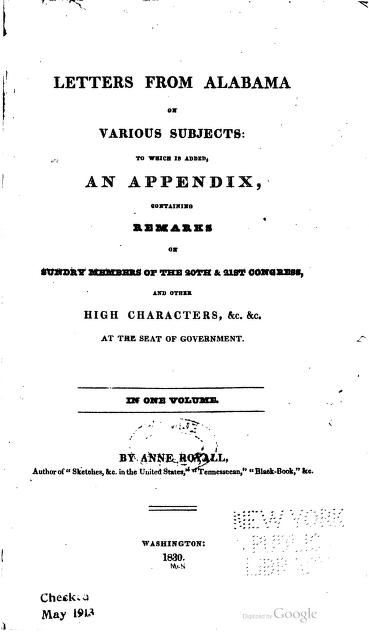In 1931 the University of Alabama held an elaborate celebration for its centennial year. The new state's legislature had chartered the school on December 18, 1820. However, the location in Tuscaloosa was not chosen until December 29, 1827. The university finally opened on a thousand acres a mile from the city on April 18, 1831.
The 1931 celebration lasted for three days, May 10-12. Afterward a 152-page proceedings volume was published; many images from that publication can be seen below. So what happened on those spring days 100 years after the opening of the university?
The centennial book indicates the amount of planning involved in this event. Below you can see a two-page list of the committees set up to plan the celebration. These groups included a general oversight committee, plus more specific ones such as History and Research, Book, Publicity, Program, Dance and Music. And, of course, there was a Barbeque Committee, since a BBQ picnic was among the events. A photo can be seen below.
Two of the nation's oldest universities, Yale (1701) and Princeton (1746) were invited to send representatives. From January 22 until May 7 the "University of Alabama Centennial Radio Hour" was broadcast on Birmingham's WAPI. The program was actually half an hour long, on Thursday afternoons from four to four-thirty. The schedule of topics is below. The centennial "orator" was Claude Bowers. A bust of university President George Denny was unveiled in the Union Building.
The main event was the centennial pageant, written and directed by Theodore Viehman. and presented in Denny Stadium. Nine episodes and a similar number of interludes portrayed state history from the time of Native Americans until the arrival of "the first white men in Alabama" as well as the history of the university.
Claude Bowers and Theodore Viehman had no special connections to the university or even the state of Alabama but were well known at the time. Bowers [1878-1958] worked as a newspaper writer and editor and wrote several best-selling history books. He also served as ambassador to Spain and Chile from 1933 until 1953. Bowers was widely known as an "orator" based on his frequent public speaking.
Theodore Viehman [1889-1970], the author and director of the pageant, spent his career as a drama coach and director. His work ranged from summer theater productions at colleges to plays on Broadway. Viehman directed community theater in various cities, including the Tulsa Little Theater from 1942 until 1961. He wrote other pageants for cities in Minnesota, Wisconsin, Ohio and elsewhere; he had written and directed one for Tuscaloosa in 1916.
Based on the photograph of the picnic, this event seems to have been well attended.
























